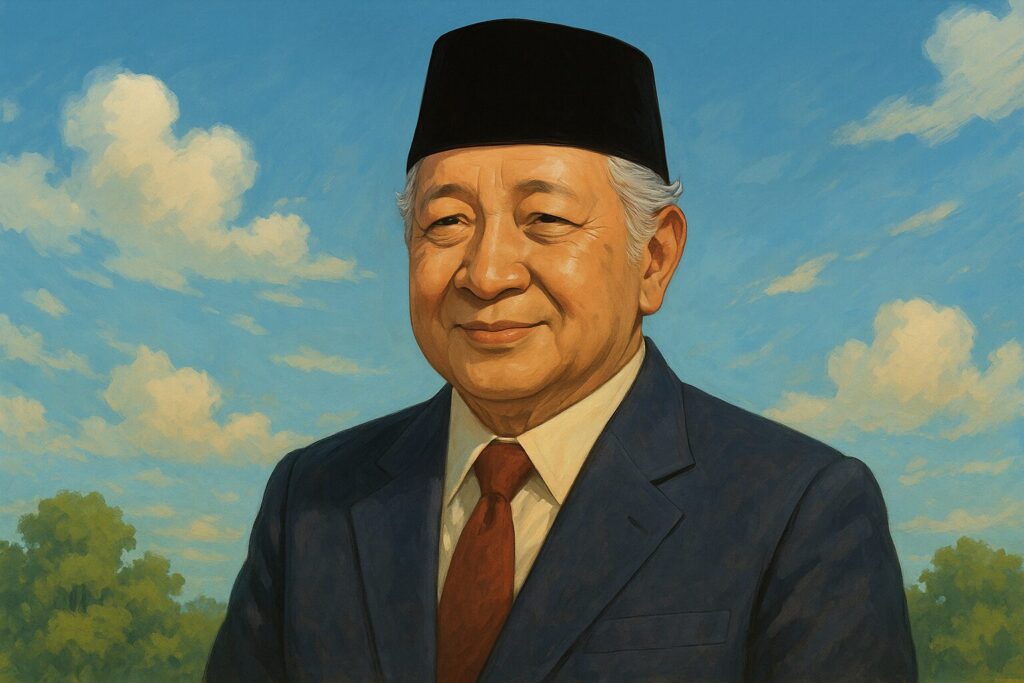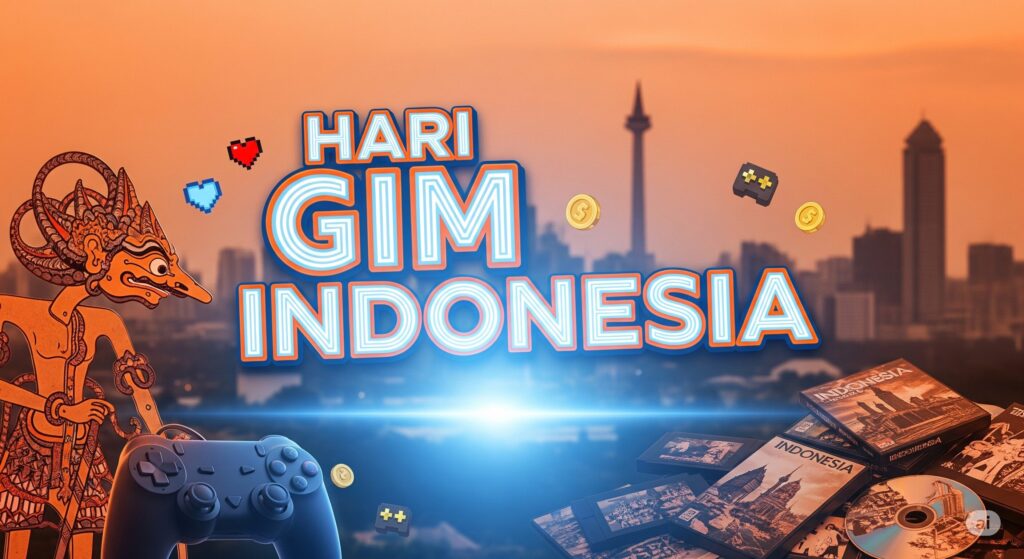If published in the modern era, Sitti Nurbaya: Kasih Tak Sampai (Love Unfulfilled) by Marah Roesli might have become one of the most popular romantic novels trending on social media. First published in 1922, this novel offers a complex love story intertwined with social, cultural, and colonial conflicts. It’s no wonder that this work is considered a pioneer of modern Indonesian literature.
Who is Marah Roesli?
Marah Roesli, a Minangkabau writer, was a veterinarian graduate from the School of Veterinary Medicine in Bogor (1915). Despite his career in veterinary medicine, his passion for literature never faded. Through Sitti Nurbaya, his name soared as one of Indonesia’s most prominent literary figures. He is even hailed as the “Father of the Indonesian Novel.” By 2008, the novel had been reprinted 44 times, proving its timeless popularity not only in Indonesia but also in Malaysia.
Synopsis of Sitti Nurbaya
The novel tells the story of Sitti Nurbaya, a young girl from Padang, the daughter of a wealthy merchant named Bagindo Sulaiman. Since childhood, Sitti has been close friends with Samsul Bahri, the son of a respected penghulu (community leader) in Padang. Their relationship blossoms into love, but they are separated when Samsul leaves for Jakarta to study at Stovia.
Sitti’s life takes a drastic turn after Samsul’s departure. Her father, Bagindo Sulaiman, falls into poverty due to the deceit of Datuk Maringgih, a cunning old man. To save her father from imprisonment, Sitti is forced to marry Datuk Maringgih. However, this marriage brings tragedy. Samsul, who returns to Padang and learns of Sitti’s marriage, is heartbroken. Their secret meeting angers Datuk Maringgih, who eventually poisons Sitti, leading to her death.
Themes in Sitti Nurbaya
Although known as a romantic novel, Sitti Nurbaya is rich in cultural and social values that remain relevant today. The story depicts the conflict between tradition and modernity, as well as the battle between evil (Datuk Maringgih) and good (Samsul Bahri). The novel also highlights the influence of colonialism, which brought significant changes to Minangkabau society.
Modern Adaptations of Sitti Nurbaya
The story of Sitti Nurbaya has been adapted into various art forms, including films, TV series, and musical theater. The first adaptation was the film Siti Noerbaja in 1941, directed by Lie Tek Swie. Unfortunately, this film is now difficult to find. In 1991, the story was adapted into a TV series on TVRI, starring Novia Kolopaking (Sitti Nurbaya), HIM Damsyik (Datuk Maringgih), and Gusti Randa (Samsul Bahri). The latest adaptation is the musical theater NURBAYA by Indonesia Kaya in July 2021, featuring Arawinda Kirana as Sitti Nurbaya and Bukie Mansyur as Samsul Bahri.
Cultural Heritage: Taman Sitti Nurbaya
The story of Sitti Nurbaya also inspired the creation of Taman Sitti Nurbaya (Sitti Nurbaya Park) in Padang. Located on the peak of Bukit Sitti Nurbaya, the park offers a stunning view of Padang City and is believed to be the burial site of Sitti Nurbaya, Samsul Bahri, and their families. Although its authenticity is debated, the park has become a popular tourist destination.
Conclusion
Sitti Nurbaya is more than just a romantic novel; it is a reflection of the cultural, social, and colonial conflicts in Indonesia’s past. Marah Roesli’s work remains relevant today, teaching us about resilience, love, and the fight against injustice. Its tragic yet meaningful story makes it worthy of being called Indonesia’s “Romeo and Juliet.”





